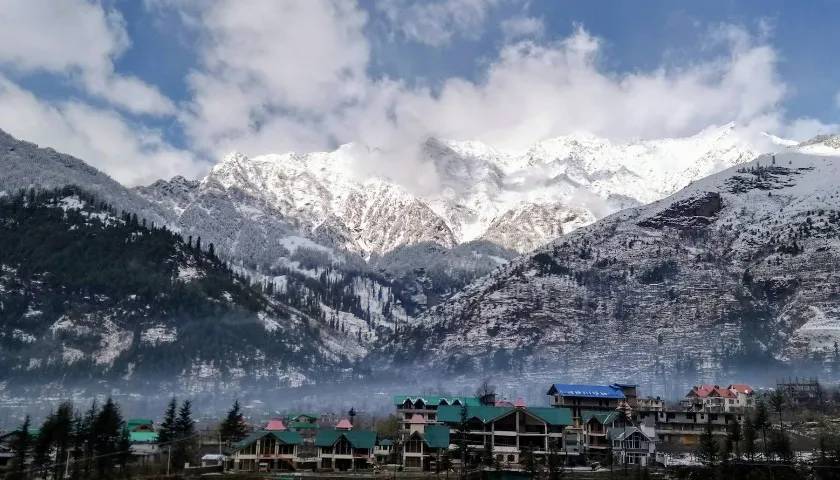Winter (December to February)
Winter is an enchanting time to visit North India, with cool temperatures and clear skies. From December to February, explore historical sites in Delhi, Agra, and Jaipur, and enjoy the beautiful landscapes of Himachal Pradesh and Uttarakhand, where snowfall adds a magical touch. This season is also ideal for wildlife enthusiasts visiting national parks like Ranthambore and Jim Corbett, where you can spot tigers and other wildlife against a stunning winter backdrop.
Spring (March to May)
Spring, from March to May, brings pleasant weather and blooming flowers. This season is perfect for exploring vibrant cities and serene hill stations. Wildlife spotting becomes more active as animals emerge from the winter chill. Visit national parks like Bandhavgarh and Kanha for the best chances to see leopards and various bird species, but be prepared for rising temperatures in the plains.
Monsoon (June to August)
The monsoon season, lasting from June to August, brings heavy rains and cooler temperatures. While the landscape becomes lush and green, travel disruptions are common. Wildlife enthusiasts may find this season less ideal for park visits, as many national parks close due to flooding. However, the lush surroundings provide a different kind of beauty, and you can still spot migratory birds in areas like Bharatpur.
Autumn (September to November)
Autumn, from September to November, features clear skies and comfortable temperatures. This is a great time to explore North India’s rich cultural heritage and visit festivals like Dussehra and Diwali. Wildlife watching also becomes vibrant again, with parks like Ranthambore and Corbett re-opening after the monsoon. Expect to see an abundance of wildlife as animals are more active, making it an ideal season for nature enthusiasts.




















